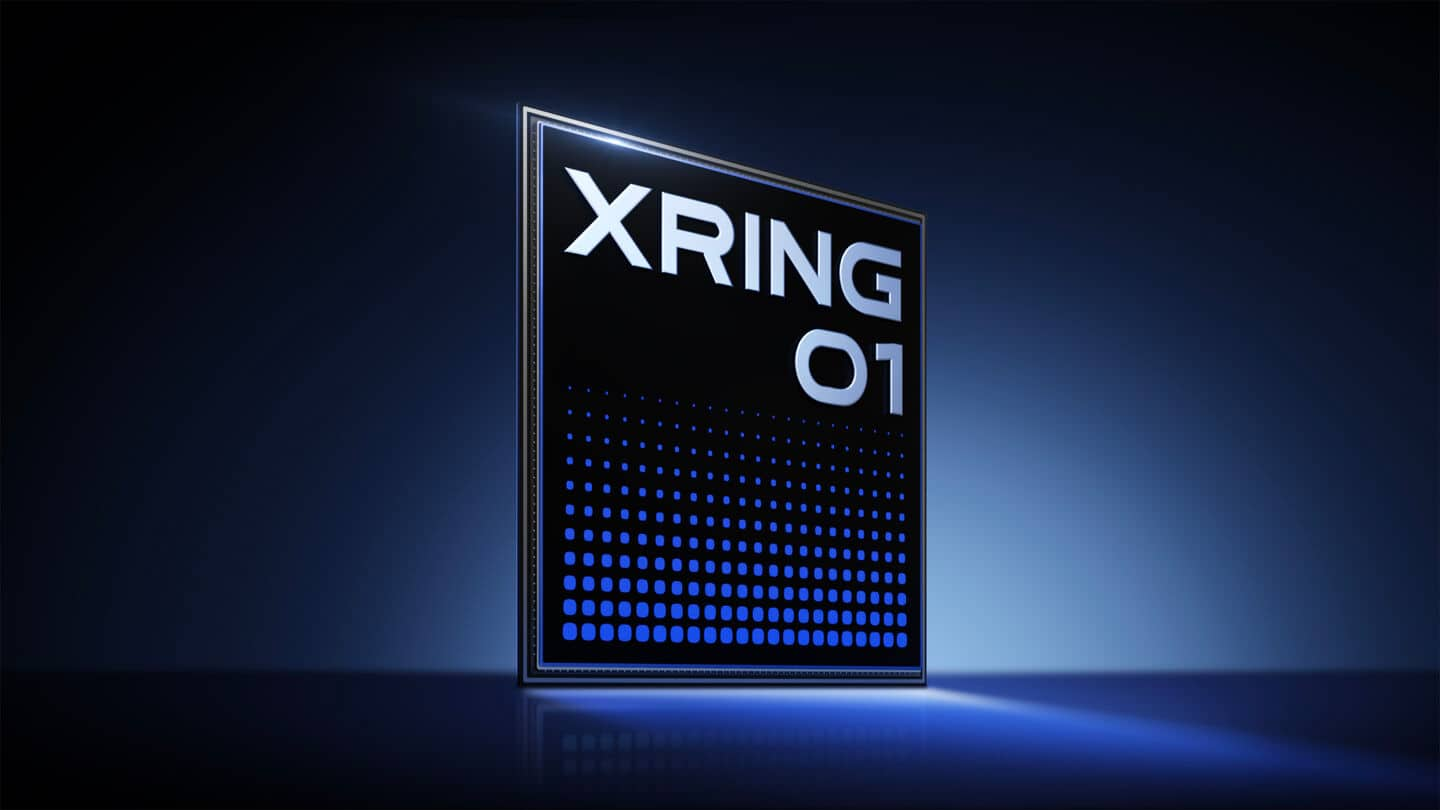
Xiaomi clarifies that its XRing O1 chip was designed in-house
What's the story
Xiaomi has denied claims that its cutting-edge 3nm XRing O1 system-on-a-chip (SoC) is a customized solution from Arm. The Chinese tech giant made the clarification on its official WeChat account, stressing that the chip was developed by its own team over four years. The company said, "XRing O1 SoC is not based on a complete solution provided by Arm, and claims about it being an Arm-customized chip are groundless."
Chip details
XRing O1 incorporates Arm's cores
The XRing O1 SoC uses Arm's Cortex-X925, Cortex-A725, and Cortex-A520 cores. However, Xiaomi has stressed that other parts of the chip were designed in-house. The company also clarified that it did not use Arm's Compute Subsystems. It is a pre-validated set of integrated hardware and software components meant to simplify design.
Licensing
Arm clarifies Xiaomi's chip status
Arm offers licenses for modified chips using Cortex cores or just the instruction set architecture, like Apple. However, there was confusion when Xiaomi was listed on Arm's website as using "custom silicon," which refers to ICs tailored for specific customer applications. This led to speculation about the company's chip design process. But yesterday, Arm updated its page to clarify that Xiaomi's chip is "self-developed silicon" based on Armv9.2 Cortex CPU cluster IP, Immortalis GPU IP and CoreLink Interconnect system IP.
Praise
Arm praises Xiaomi's XRing O1
Arm has praised the performance and efficiency of Xiaomi's XRing O1 SoC. The UK-based company said, "With the XRing team's excellent back-end and system-level design, the XRing O1 delivers fantastic performance and efficiency."